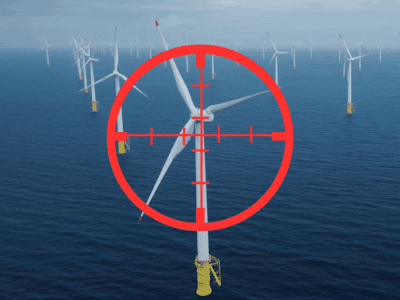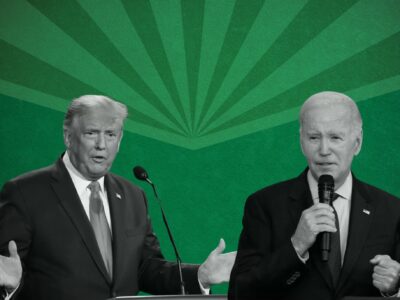Does anybody really know what electricity costs? Does anybody really care?
 Just about everything that energy utilities and their regulators do has some kind of impact on the environment – even when all they are doing is setting electricity rates. So, when PG&E (California’s largest electric company) proposed a new residential rate structure last week, some were left wondering: as far as the environment is concerned, is it thumbs up, or thumbs down? On balance, I am betting on “thumbs down”. Here’s why.
Just about everything that energy utilities and their regulators do has some kind of impact on the environment – even when all they are doing is setting electricity rates. So, when PG&E (California’s largest electric company) proposed a new residential rate structure last week, some were left wondering: as far as the environment is concerned, is it thumbs up, or thumbs down? On balance, I am betting on “thumbs down”. Here’s why.
In the old days, rates were designed to encourage more energy use – the more you used, the less you paid for each kilowatt hour. This was hardly the way to reduce the air quality, water, and aesthetic impacts of electricity generation and transmission. Many years back, California led the way by turning this strategy on its head. PG&E’s residential customers now face five rate tiers, with the price per kilowatt hour increasing along with consumption. The idea is to encourage people to conserve energy. Residential charges start at 11.9¢ per kilowatt hour and top out at 49.8¢. Most people never hit the highest tiers. The biggest users usually live in extended family households, or in areas where air conditioning feels like a necessity, or both.
One challenge with this ratesetting approach is that no one ever seems to know what it is going to cost to turn on that extra light, or how much can be saved by getting a more efficient refrigerator. People are likely to know about their monthly bills, but remain clueless about the cost per kilowatt hour.
PG&E wants to “simplify” its residential rates in the following way:
Current Rates Proposed Rates
Tier 1 – 11.9¢ Tier 1 – 11.9¢
Tier 2 – 13.5¢ Tier 2 – 13.5¢
Tier 3 – 28.6¢ Tier 3 – 29.8¢
Tier 4 – 42.5¢
Tier 5 – 49.8¢
Under the new approach, no residential customer would ever pay more than 29.8¢ per kilowatt hour, but PG&E would still need to collect the same amount of money. The company plans to make up the difference by charging all Tier 3 users a penny or so more for each kilowatt hour, and by adding a new $3 charge that everyone would pay, whether or not they used any power that month.
Will this encourage the biggest users to use more electricity? Probably so. At a recent conference held at UC Berkeley, Energy Institute at Haas researcher Koichiro Ito reported on his current work, which suggests that when it comes to changing electric demand, consumers are more responsive to size of their bills than they are to the cost per kilowatt hour,. So, twiddling with the tiers alone might not change electricity use very much. The problem is that with the adoption of PG&E’s proposal, the biggest users would see smaller bills, and could be encouraged to use more electricity. The smallest users, with less demand fat to trim, would see higher bills.
The situation would be aggravated if PG&E succeeds in imposing a flat $3.00 monthly charge on every customer, whether or not the customer uses any electricity. Many economists like a flat charge because it costs money to have wires, transformers, and meters ready to use even when customers are not buying power. Yet, this becomes a way to reduce the cost of power for the customers who use the most. Think of the funds collected through the $3.00 charge as an insurance pool. By sticking this charge on everyone (including the customers who don’t use very much electricity), there is less revenue that the utility needs to collect from the biggest users. The result? The big users face lower bills, and are likely to buy more electricity.
The bottom line is that for the utility, reducing the number of tiers and adding a fixed $3.00 charge is a win-win. It would reduce complaints from the big air conditioning users by reducing their bills, and it would give the utility a chance to sell more electricity. For most of the residential customers, who don’t use as much electricity, it will be a loser – higher charges with fewer opportunities to make major changes in consumption. The environment is likely to lose as well, if the result in the long term is a higher demand for electricity.
There are other questions about the merits of multi-tier rate system, but those are for consideration at another time.






Reader Comments